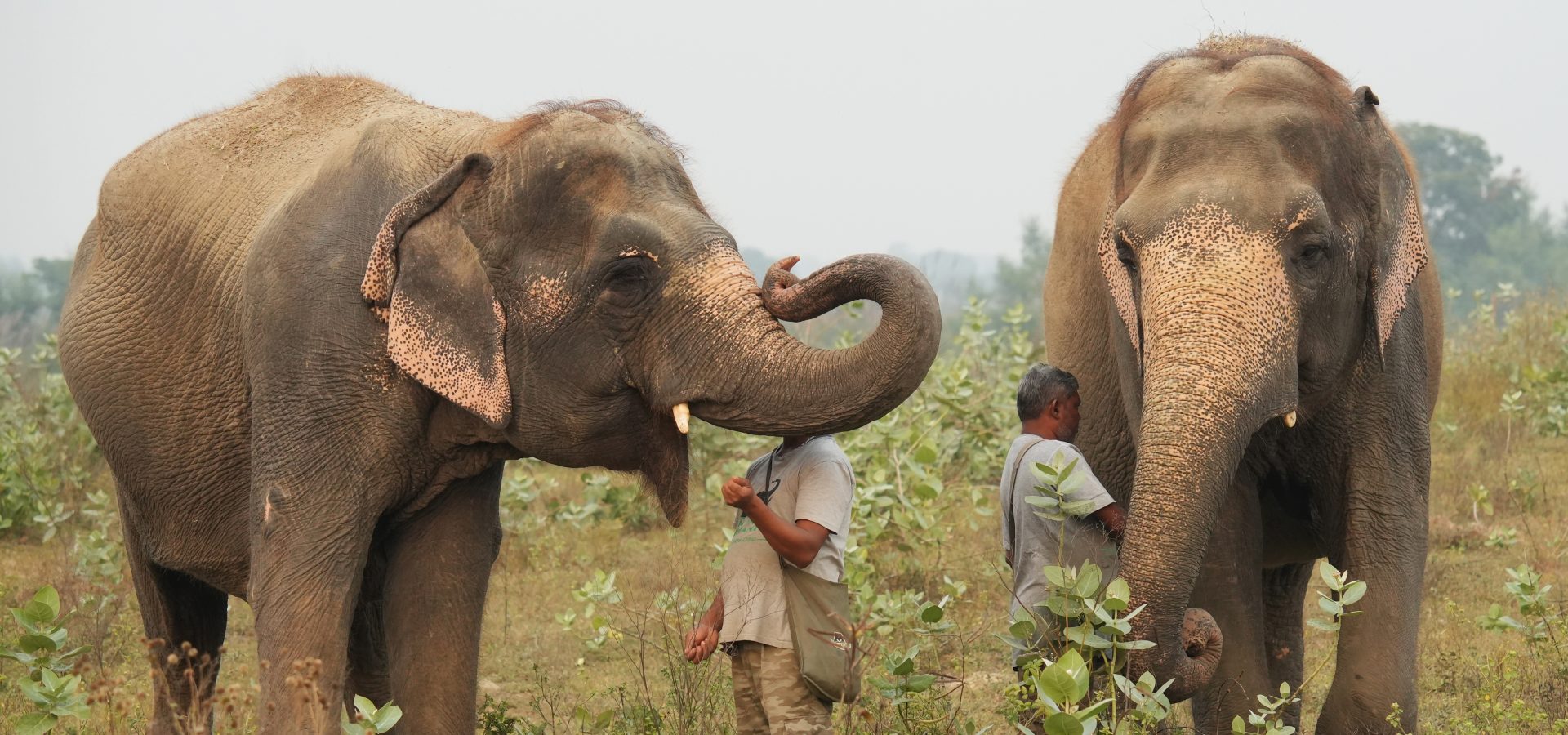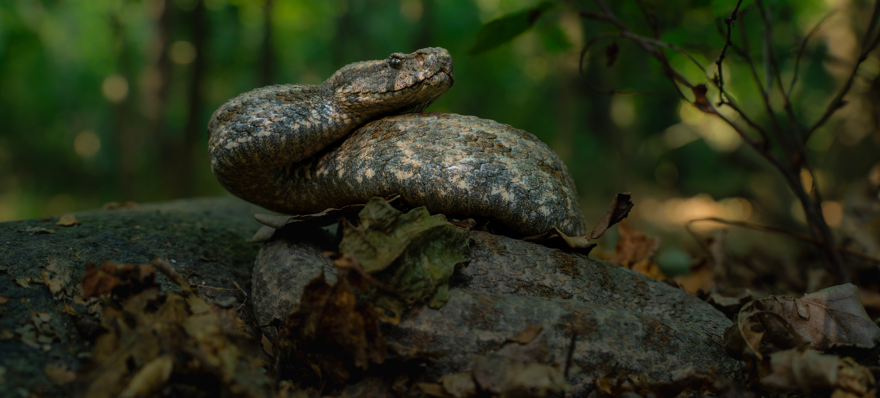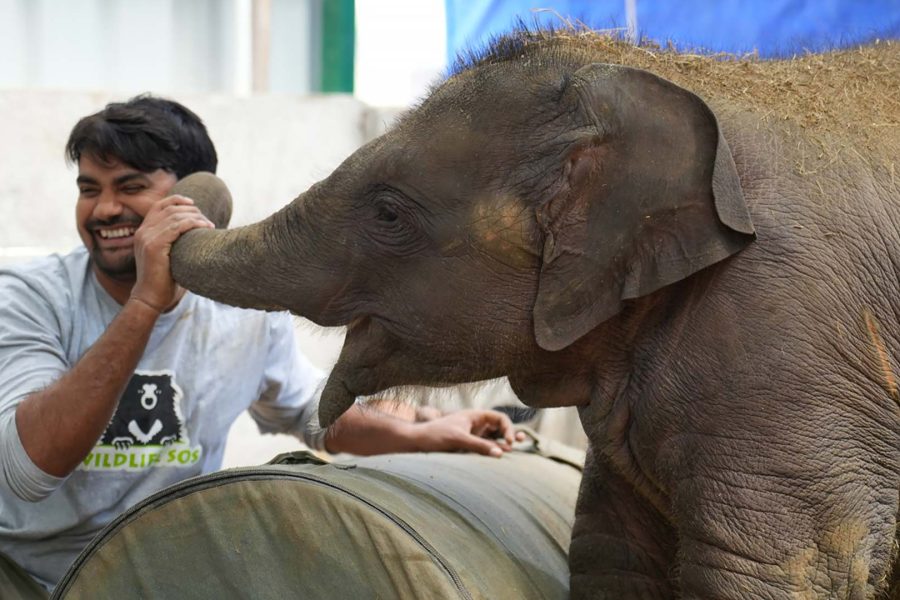Do animals have emotions? The question has riddled many minds over the centuries. Art, literature, and cinema have often depicted various animals with an ability to demonstrate emotions just the way humans do. This is largely due to our tendency to anthropomorphise animals, but interestingly, research has shown that animals actually do have a complex emotional intelligence.
One example can be that of a pet dog. Have you looked into your dog’s eyes and felt a wave of affection and happiness wash over you? That is because both your and your pet’s body releases the hormone oxytocin when you make eye contact with each other. This proves that your loveable pooch has the ability to feel your love, and reciprocate it too.
Not just dogs — in 1998, American neuroscientist Jaak Panksepp claimed that the brains of all mammalian species can generate emotional experiences. Increasing evidence highlights how elephants, whales, primates, rats, pigs, and even non-mammals like birds, fish and other organisms have varying capacities that show emotions.
Understanding emotions in animals becomes complicated for us because of the verbal communication gap. However, it is precisely this gap — or their “voicelessness” as we tend to describe it — that has led to animals being trapped in the harsh world of conflict, homelessness and even abuse, leading several on the verge of extinction.
Elephants
Elephants display a wide spectrum of emotions, ranging from fear and grief to happiness and love. As strongly social animals, these gentle giants live in matriarchal herds bound by filial bonds. Elephants have been known to mourn the passing away of a loved one.
Their extraordinary emotional intelligence is one additional reason to emphasise how separating a young calf from its mother is a wrongdoing of the first degree. And this is exactly what happens to so many jumbos across the country! Many Asian elephants are torn away from their families, deprived of necessary alloparental care, and forced into subjugation as begging or circus elephants.
Our staff at the Wildlife SOS Elephant Conservation and Care Centre (ECCC) has been privy to many heartwarming interactions among our rescued pachyderms. Although Rhea and Mia were both rescued from the same circus, Rhea arrived at our facility six months after Mia. Despite being apart for six months, the two trumpeted their recognition of each other with jubilant calls.
Two of our youngest elephants, Coconut and Peanut, were also rescued from the same circus. Their bond was based on the premise of shared pain, and became stronger when they began their healing journey together. Coconut has adopted the role of an older sister to Peanut who still follows her around! Such demonstrations of empathy are not limited to elephants who have known each other from a young age.
Our dearest Zara soon became the older Arya’s confidante after they were introduced to each other. Since then, the former guides the latter on their daily walks. This is because Zara is aware of Arya’s inability to see, and is therefore, always vigilant of her steps. The friendship between Maya and Phoolkali and the tight trio of Laxmi, Bijli and Chanchal truly warms our hearts. Witnessing Suzy’s grief when her closest companion Asha passed away tugged at our heartstrings. Aware of Suzy’s visual impairment, Asha had been a protective guide for Suzy all along.
Primates
As our closest cousins on the mammalian family tree, it comes as no surprise that most non-human primates are highly social animals. Such social structures are often solidified by close bonds. Studies show that chimpanzees can empathise with other chimpanzees, and even with human beings!
In fact, chimpanzees have even been speculated to possess a theory of mind — a form of cognition that allows for conspecific behaviour among individuals, based on the understanding of another entity’s mental state. High degrees of empathy, cognition and altruism have been observed in gorillas from Africa, many of whom worked together to dismantle traps.
Closer to home, complex emotional responses have been noted in various species of monkeys. In one specific case, our team spotted a grey langur mother grieving for her deceased young. Rhesus monkeys are some of the most common non-human residents in many Indian cities and often end up in conflict situations, needing urgent rescue.
As such, Wildlife SOS ensures that not only the physical but also the emotional well-being of orphaned baby monkeys are taken care of, so that they grow up to become healthy individuals! In fact, socialisation is not pivotal only to the survival of infants.
Studies showcase that the survival and reproductivity of these macaques are sustained by strong bonds. The Wildlife SOS Rapid Response Unit frequently encounters troops of monkeys that view people as a threat and are always ready to defend their friends!
Bears
There are eight species of bears in the world, and strong degrees of emotional complexity have been located in several of them. Sloth bear mothers take care of their cubs and carry them around on their backs, saving them from all forms of predators till the young grow old enough to take care of themselves.
When a juvenile bear leaves its mother, it would have learned what foods are available at each stage of the season and what environments are likely to have them over a fairly wide range. However, what happens if a cub is separated from its mother?
Bear cubs Maahi and Mithali had fallen into an open well along with their mother, who had succumbed to starvation and physical injuries. Wildlife SOS rushed to their rescue after being informed of their ordeal, and rehabilitated the two cubs at the Bannerghatta Bear Rescue Centre in Karnataka. The group made the decision to gradually introduce the baby bears to Ankita in the hope that she would take them to fulfil their need for a maternal presence.
Since she didn’t have any of her own, Ankita’s maternal instincts quickly surfaced and she gladly accepted the role of a foster mother to the two cubs. Since sloth bears aren’t typically known for fostering cubs in the wild, Ankita’s behaviour was an exceptional example of emotional intelligence.
Parrots
As some of the most intelligent birds alongside crows, parrots have been known to display high degrees of emotional and cognitive complexity. For instance, African grey parrots have the capacity to feel a variety of emotions, including happiness, fear, rage, and even mourning.
It is well known that these parrots express their emotions through a variety of behaviours, such as vocalisations, body language, and changes in their feather position. Research shows that the Indian green ringneck parrot (Psittacula krameri) has exhibited strong signs of social intelligence.
Parrots in captivity have even been diagnosed with long-term post-traumatic stress disorder as they are subjected to both physical and mental stress. Unfortunately, while laws protect the rights of these magnificent avians in India, many of them are still kept in households as pets.
The Wildlife SOS-GSPCA (Gujarat Society for Prevention of Cruelty to Animals) team has rushed to the rescue of many of these hapless birds. In 2021, a raid led to the rescue of 101 illegal house pets that included Alexandrine parakeets, rose-ringed parakeets and plum-headed parakeets. During a daring mission in the month of May 2023, seven parrots were rescued from being traded.
Imagine being born into a life of freedom and the open skies, before all of that is whisked away by a harsh poacher’s cage! The film Rio (2011) offered an interesting insight into the plight of not only parrots, but many helpless avians who are captured in the net of illegal trade.
What Can You Do?
The list above is hardly exhaustive, but highlights some of the prominent animals of India who suffer under anthropogenic oppression. In fact, the tripartite problems of illegal captivity, habitat encroachment and human-wildlife conflicts plague almost all wild animals in India.
Many of them are captured, torn from their families, and passed around from owner to owner, with their trauma intensifying. Animals are emotionally and cognitively complex, but their physical and psychological pain goes unheard.
They need you to speak up for them! To help Wildlife SOS fight for the elephants, bears, monkeys, parrots and all other animals big and small, become a wildlife warrior today and consider making a donation.





